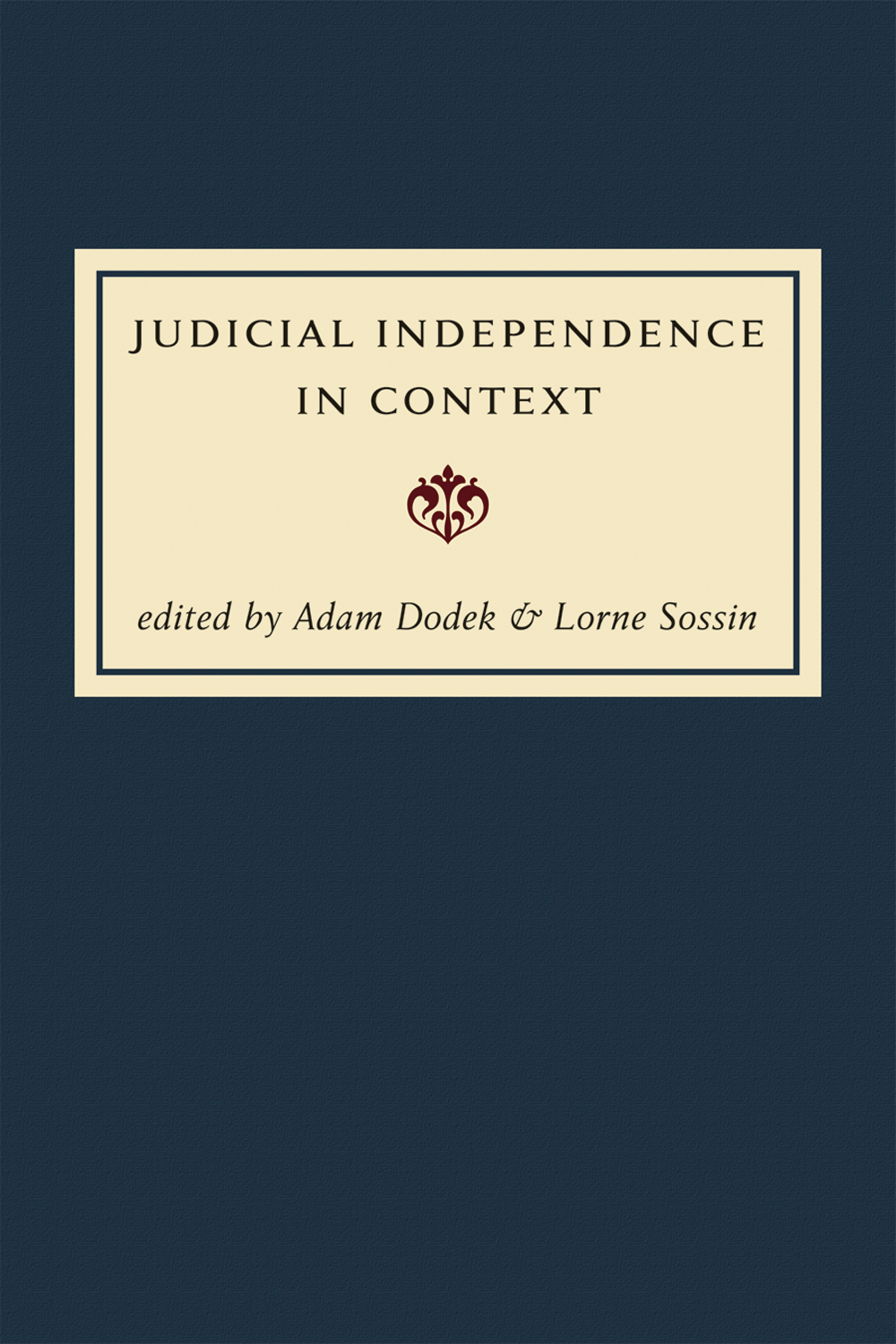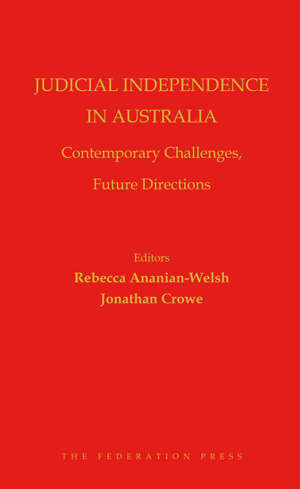Product Description
Cowen and Zines’s Federal Jurisdiction in Australia, cited in:National Australia Bank Limited v Nautilus Insurance Pte Ltd (No 2) [2019] FCA 1543 at [89] by Allsop CJ,Construction Forestry Mining and Energy Union v Director of the Fair Work Building Industry Inspectorate [2016] HCA 41 at [35] footnote 47
This book examines the jurisdiction of the High Court, federal courts and Territory courts, as well as the federal jurisdiction of State courts. It is an area of law that has been described as technical, complicated, difficult and not infrequently absurd. It is, however, the direct result of the federal distribution of judicial power made by the Australian Constitution and it is of great practical importance. Much of the difficulty and some of the absurdity has come about because of the unthinking copying of the United States Constitution. On a number of matters, therefore, the book contains an analysis of the American position.
The enactment in 1988 of the scheme for the cross-vesting of the jurisdiction of federal, State and Territory superior courts seemed to bring to an end some of the litigious arguments based on technical jurisdictional issues that were of no social benefit. But when a vital part of the scheme was held unconstitutional in 1999 many of the difficulties analysed in this book became once again, and continue to be, of increasing legal concern. This has been partly due to the statutory extensions of the jurisdiction vested in federal courts apart from the High Court.
The new edition of this book now includes a number of new chapters:
Chapter 1 contains a new introductory analysis of the meaning and purpose of federal jurisdiction; some further developments in relation to the all-important concept of “matters” and in particular the extent to which courts vested with federal jurisdiction may grant non-legally binding declarations of incompatibility with human right norms; and a discussion of the scope of the legislative power of the Commonwealth Parliament to legislate with respect to federal jurisdiction and the extent to which it is exclusive.
Chapter 7 contains a much expanded and now separate discussion of the principle in the Kable and Kirk cases to take account of the extensive judicial developments occurring since the previous edition was published.
Chapter 8 analyses the law to be applied by courts exercising federal jurisdiction, in particular ss 79 and 80 of the Judiciary Act 1903 (Cth).
Chapter 9 contains an analysis of the appellate jurisdiction of the High Court.
Chapter 10 contains some closing reflections on the present state of the law relating to federal jurisdiction.
The pre-existing chapters of the book have also been revised to take account of developments in the law since the previous edition was published in 2002. These include:
the continued emphasis on the role of the High Court in keeping Commonwealth agencies and officers within the limits of their powers and, in particular, the protection now afforded to individuals from the operation of privative clauses under federal (and State) jurisdiction;
the source and scope of State liability in federal jurisdiction;
the continued expansion of federal jurisdiction derived from matters arising under the laws made by the Parliament;
issues associated with the remittal of matters by the High Court;
whether all Territory jurisdiction has become federal jurisdiction in the light of modern developments involving the relationship between ss 76(ii) and 122 of the Constitution notwithstanding the constitutional status accorded to Territory courts as non-federal courts;
the meaning of “courts” in Ch III of the Constitution – in particular, whether State tribunals are courts capable of being vested with federal jurisdiction and, if not, whether they are capable of exercising State judicial power with respect to the matters falling within federal jurisdiction;
the extent to which the vesting of federal jurisdiction in State Courts extinguishes the existence of State jurisdiction despite the absence of matters within the meaning of Ch III of the Constitution in relation to the same jurisdiction.
The continued existence of tensions and problems which have resulted from the development of the Federal Court’s jurisdiction to the point where Australia now has a fully-fledged dual system of federal and State courts.





